Types and selection of electric valves
Types of electric valves:
Electric valves are valves driven by electric energy, mainly composed of electric actuators and various types of valves.

double eccentric butterfly valve (2)
Because the electric valve is easy to use and can be operated when the power is turned on, it is the longest-used type of automatic control valve. There are many types of electric valves. Commonly used are electric control valves, electric ball valves, electric butterfly valves, electric gate valves, and electric globe valves. Different types of electric valves have different applications.
1. The electric control valve can choose different valve structures and spool types according to the working conditions of the medium. It is mainly suitable for high, medium and low pressure pipelines with various media to adjust pipeline parameters. With the increasing requirements in the field of modern industrial automation, electric control valves are becoming more and more widely used. Different materials can be used to use various liquid and gas media pipelines.
2. Electric ball valve and electric butterfly valve are the most widely used electric valve models, equipped with different actuators, which can not only realize the two-position cut-off of the pipeline, but also can be used for occasions where the linearity requirements are not too strict. Electric butterfly valves There are two connection methods: wafer type and flange type. Normal pressure and large diameter pipes are mostly used. Electric ball valves and electric butterfly valves are similar in use, but they use more pressure than electric butterfly valves.
3. Both the electric gate valve and the electric shut-off valve have a blocking function in the pipeline, but it should be noted that these two types of valves cannot be used for adjustment. It is suitable for all kinds of large diameter, high, medium and low pressure medium working conditions.
Electric valve selection:
Electric valves are usually valves that are driven by a motor. Because the motor needs to be decelerated to drive the valve to open and close, it is generally not recommended to use electric if it is required to close and open the valve quickly. Basically, you can choose electromagnetic quick-closing valve, pneumatic or hydraulic quick-closing valve. Close the valve. But if necessary, you must choose an electric type of quick-closing valve, then you should choose an electric butterfly valve or an electric ball valve, because this type of valve has a short switching stroke.

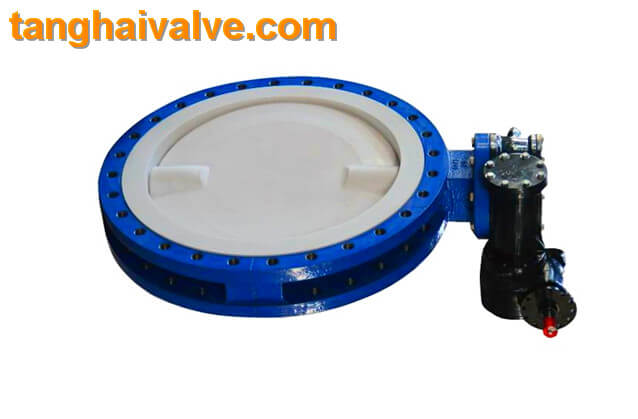

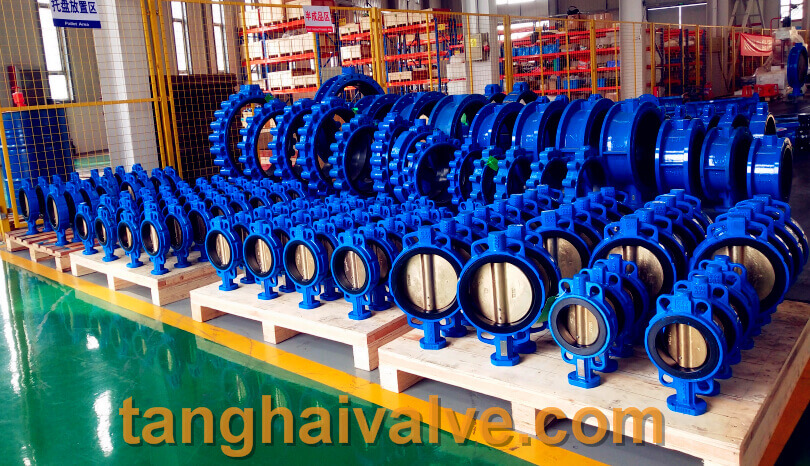
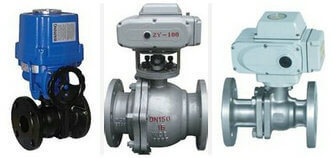
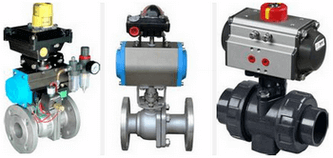
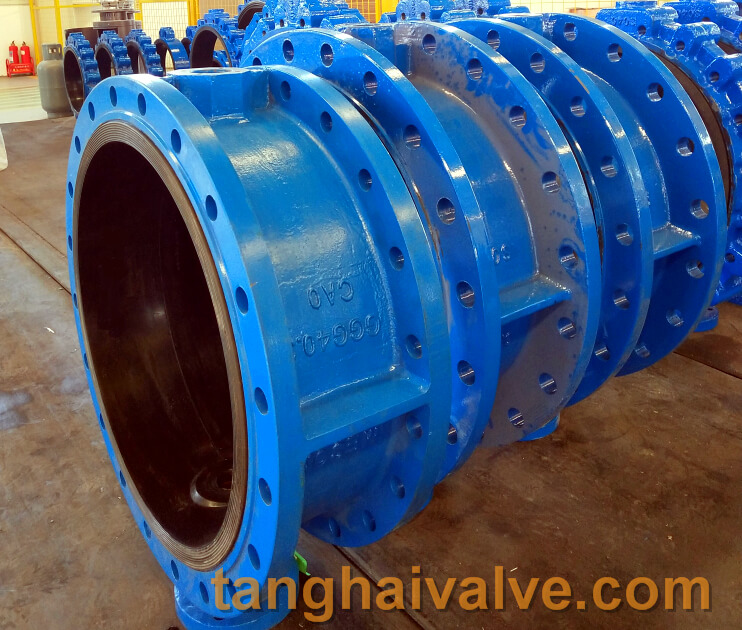
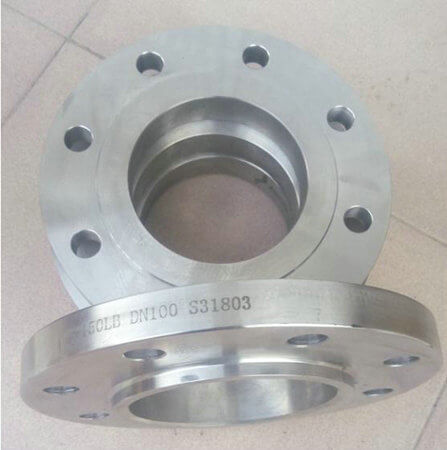
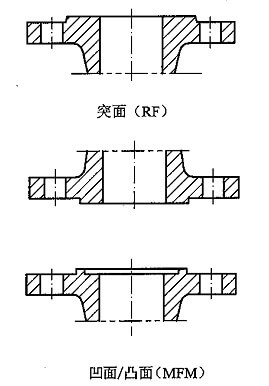
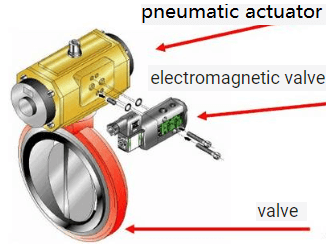
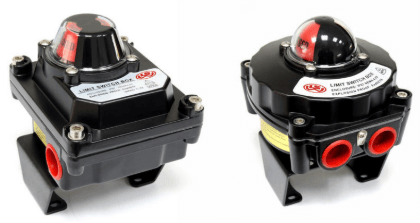
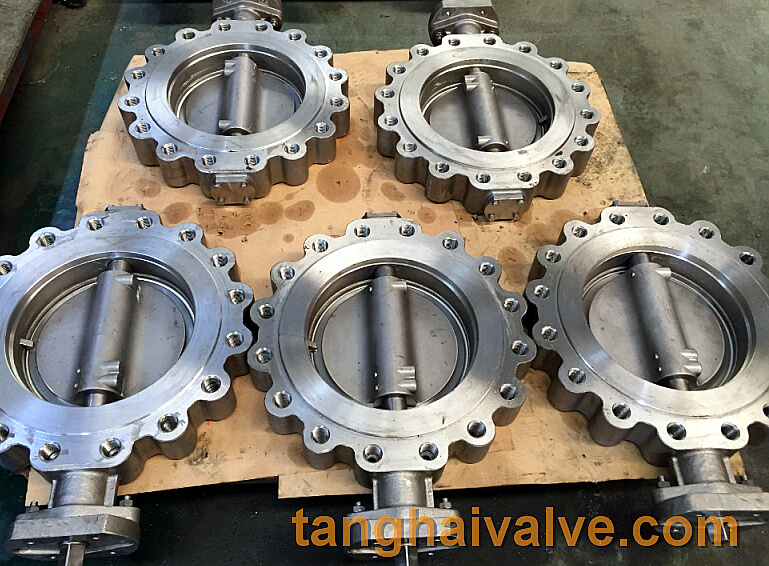
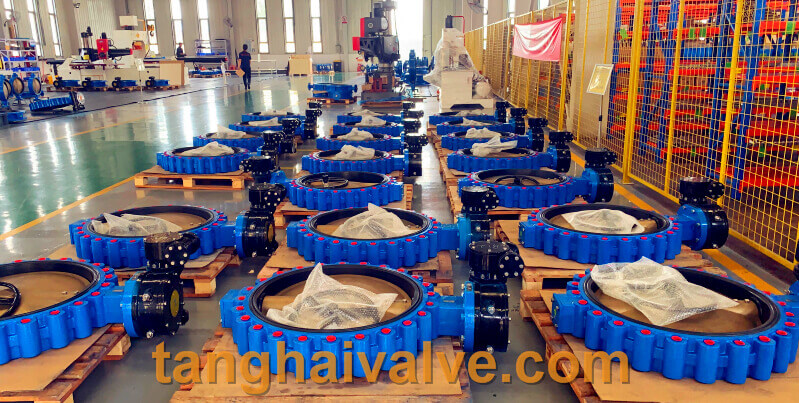
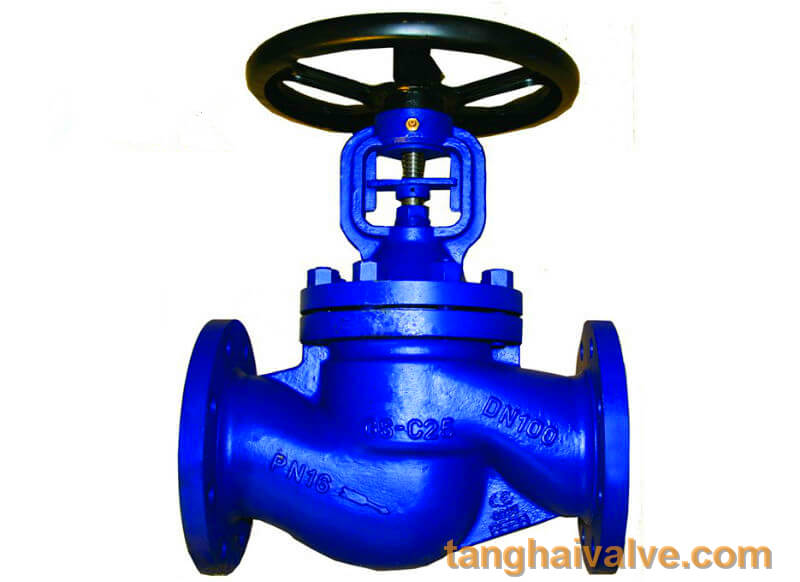


 © Copyright 2020 Tianjin Tanghaidongyang Valve Co., Ltd. All Rights Reserved.
© Copyright 2020 Tianjin Tanghaidongyang Valve Co., Ltd. All Rights Reserved.